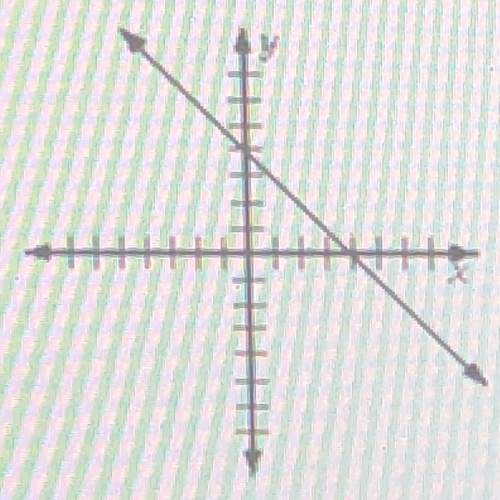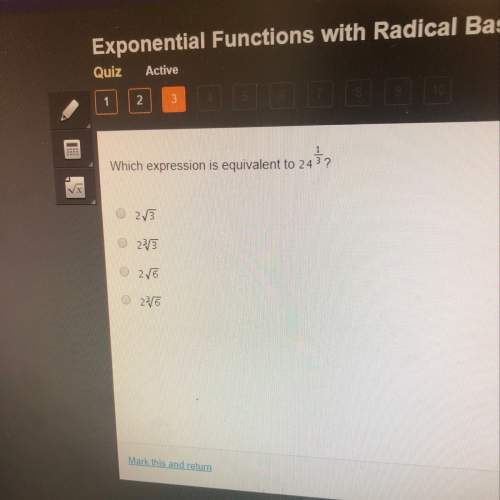
Mathematics, 16.04.2020 23:33 raiindrxp
The United States Bureau of Labor Statistics (BLS) conducts the Quarterly Census of Employment and Wages (QCEW) and reports a variety of information on each county in America. In the third quarter of 2016, the QCEW reported the total taxable earnings, in millions, of all wage earners in all 3222 counties in America. Suppose that James is an economist who collects a simple random sample of the total taxable earnings of workers in 52 American counties during the third quarter of 2016. According to the QCEW, the true population mean and standard deviation of taxable earnings, in millions of dollars, by county are μ = 28.29 and σ = 33.493 , respectively. Let X be the total taxable earnings, in millions, of all wage earners in a county. The mean total taxable earnings of all wage earners in a county across all the counties in James' sample is ¯¯¯ x . Use the central limit theorem (CLT) to determine the probability P that the mean taxable wages in James' sample of 52 counties will be less than $ 29 million. Report your answer to four decimal places.

Answers: 1


Another question on Mathematics


Mathematics, 21.06.2019 19:50
If the scale factor between two circles is 2x/5y what is the ratio of their areas?
Answers: 3

Mathematics, 22.06.2019 00:30
Jennifer taking a quiz and has answered 13 questions so far. if there are 25 questions on jennifer test, how many questions does she have left to answer
Answers: 1

You know the right answer?
The United States Bureau of Labor Statistics (BLS) conducts the Quarterly Census of Employment and W...
Questions


Social Studies, 22.05.2021 03:40

Mathematics, 22.05.2021 03:40




Mathematics, 22.05.2021 03:40





English, 22.05.2021 03:40


Mathematics, 22.05.2021 03:40

Mathematics, 22.05.2021 03:40


Mathematics, 22.05.2021 03:40

History, 22.05.2021 03:40


Advanced Placement (AP), 22.05.2021 03:40





